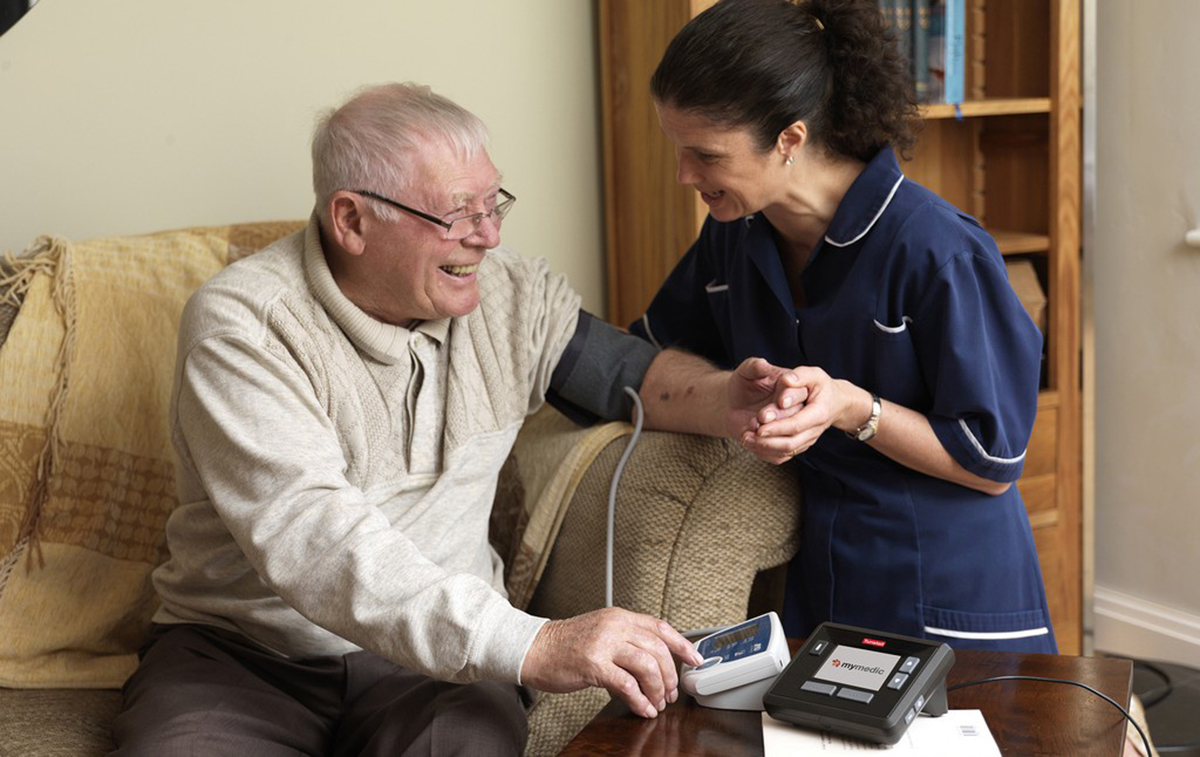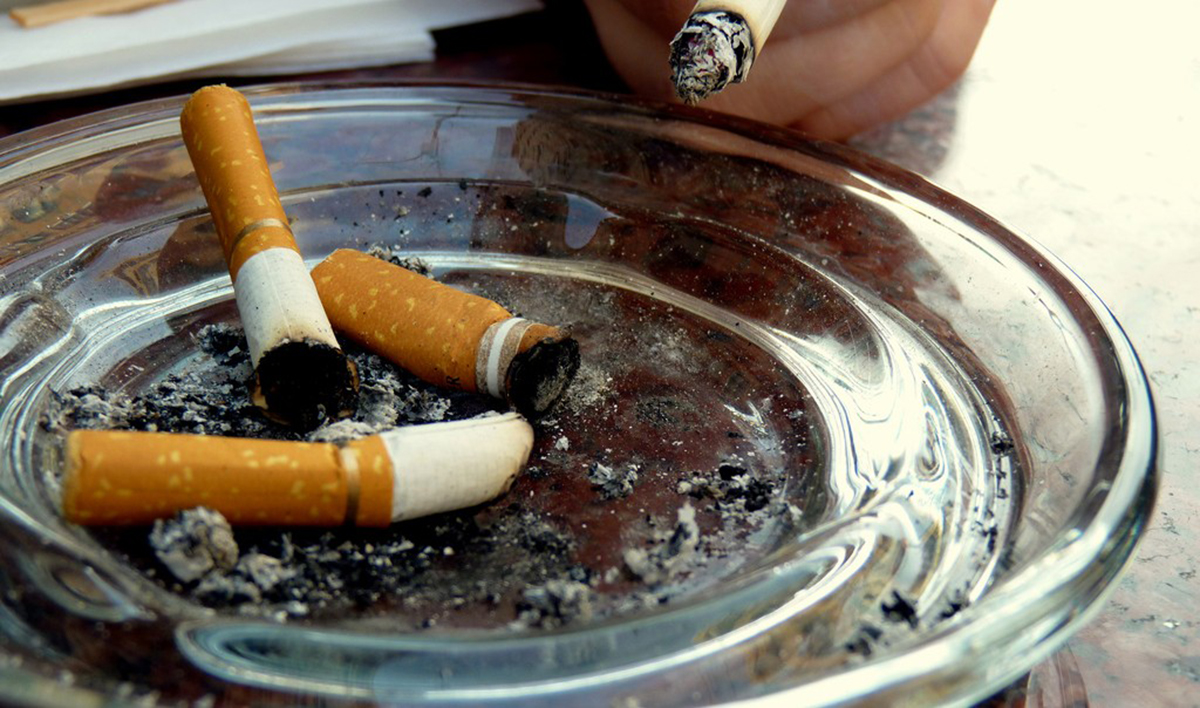According to the Centers for Disease Control and Prevention, each year in the United States more than 790,000 people suffer from a stroke. Of those individuals about 130,000 die from their stroke.

Although stroke statistics are daunting, the good news is, strokes are often preventable. Through proper education and lifestyle changes many strokes can be prevented.
Education is Key to Stroke Prevention
Most people may have heard of a stroke, but they may not be all that familiar with what it actually is. Strokes cause an interruption of blood flow to the brain. When blood flow to the brain is obstructed or blocked, the brain is deprived of oxygen and brain cells die.
Not all strokes are the same.
An ischemic stroke occurs when a blood clot in the vessels carrying blood to the brain becomes blocked. The other cause of a stroke, known as a hemorrhagic stroke, is due to a ruptured blood vessel, which reduces blood flow to the brain.
Identifying Your Stroke Risk
There are many different risk factors for having a stroke. Some things are not controllable, such as age, gender, family history and race. For instance, after the age of 55, your risk of having a stroke doubles. Women also have more strokes than men. If you are African American, you are also at higher risk of having a stroke
Even though you cannot control the risk factors above, it is still important to be aware of them. Knowing your overall risk of having a stroke may help you realize how high your risk is. It can help you take charge of your health and reduce other risk factors by making the appropriate lifestyle changes.
See Also: How to Recognize a Stroke?
Smoking: According to the National Stroke Foundation, if you smoke, you double your risk of having a stroke. Smoking increases your risk of a stroke in a few different ways. When you smoke your heart has to work harder due to a decrease of oxygen in the blood. In addition, smoking also increases the amount of plaque, which can buildup in the arteries blocking blood flow to the brain.
Obesity: Carrying around extra weight makes your heart and circulatory system work harder, which often increases blood pressure and increases your stroke risk. People who are obese are also more likely to develop diabetes and high cholesterol levels, which are also risk factors for having a stroke.
High Blood Pressure: Having high blood pressure is one of the main risk factors for having a stroke. When your blood pressure is high, it places more stress on the walls of your blood vessels. This increased pressure can cause the blood vessel walls to thicken and obstruct blood flow.
High Cholesterol: High cholesterol levels cause fatty depositions, referred to as plaque, to buildup in the arteries. In some cases, the arteries can become blocked or clogged to the point of preventing blood flow, and a stroke can result.
Learning How To Prevent A Stroke
The damage from a stroke can leave you with lifelong impairments. It can change the way you work and function in everyday life. But once you are educated on your risks, you can make the needed changes to reduce your chances of having a stroke.

Lifestyle Changes for Stroke Prevention
There are many controllable stroke risk factors, which you can change by altering your lifestyle, such as the following:
Stop smoking. Although quitting may not be easy, there are medications, nicotine patches and counseling programs to help. Many hospitals also have smoking cessation programs, which can provide a lot of tips for quitting smoking.
Maintain a healthy weight.
Eating whole grains, such as brown rice, fresh fruit, vegetables and lean protein including fish, are all staples of a healthy diet. If you are overweight, check with your doctor in order to develop a safe and effective weight loss program.
Get regular exercise. The Centers for Disease Control and Prevention recommends adults get a minimum of 30 minutes of exercise on most days of the week. Keep in mind, even if you cannot do 30 minutes all at once, fitting in ten minute bursts of exercise a few times a day can help.
Regularly have your blood pressure monitored. All adults should have their blood pressure checked at least once a year. If you have other risk factors or a history of high blood pressure, you may need more frequent checks. High blood pressure may be treated with medication and lifestyle changes.
Recognizing Stroke Early Warning Signs
Doing all you can to lower your risk of a stroke is essential. But it is also important to learn the early warning signs of a stroke in order to get help right away. The earlier you identify symptoms of a stroke, the faster you can get help.
Treatment may include administering medication to dissolve a blood clot. In some cases, surgery may also be recommended to stop bleeding.
Before lifesaving treatment can start, a patient needs to recognize symptoms of a stroke and seek immediate medical attention. Although not everyone will experience all of the same symptoms of a stroke, most people will have at least one or two signs of a stroke.
See Also: Five Ways To Lower Risk Of Stroke
Facial droop is one of the common symptoms of a stroke. Facial droop occurs due to numbness on one side of the face. Some people may also develop numbness in their arms or legs, usually on one side of the body. In addition, confusion, trouble speaking and understanding language are also early warning signs of a stroke.
Some people may also develop trouble walking, problems with coordination and balance issues. Additional signs may be dizziness and a sudden headache. Of course, all of the above symptoms may be due to something else. But if they come on suddenly, they should be evaluated immediately. Treatment is most successful if it is administered within three hours of the first stroke symptoms.
- www.stroke.org/site/PageServer?pagename=uncont
- www.strokeassociation.org/STROKEORG/AboutStroke/About-Stroke_UCM_308529_SubHomePage.jsp
- www.cdc.gov/stroke/facts.htm
- Photo courtesy of Tunstall by Flickr : www.flickr.com/photos/tunstalltelehealthcare/6850760963/
- Photo courtesy of .jocelyn. by Flickr : www.flickr.com/photos/-jocelyn-/6513335519


Your thoughts on this